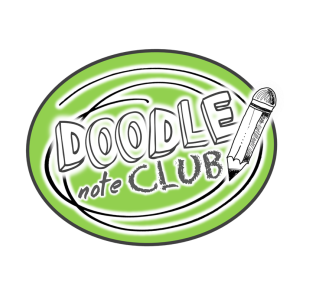
“Please sit still!”
“Remember to raise your hand; don’t blurt out.”
“No, you may not go to the bathroom/nurse/office/etc. again today.”
“Try to focus, please.”
We’ve all been there! ADHD affects many children; about 8.4% of students in 2016 had a current diagnosis according to the Centers for Disease Control and Prevention. They also share that it has greatly increased over the years.
LD Online tells us, “Associated with this disorder’s core symptoms of inattention, hyperactivity and impulsivity are a variety of disruptive classroom behaviors (e.g., calling out, leaving seat, interrupting activities, etc.). Consequently, it is not surprising that these students are at risk for school failure.”
ADHD Teaching Strategies
Since it is so prevalent, there is so much research behind teaching children with ADHD. Simply typing ADHD teaching strategies into Google, will land you with an overwhelming number of pages of results! You’ll find everything from incorporating “fidgets” to visual and auditory cues as reminders.
It can be daunting to figure out where to start.
How Doodle Notes Can Help
Doodle Notes to the rescue! Not only do they help all students, but some of the Doodle Note benefits are especially helpful to students with ADHD. Here’ why:
Provide “Fidgeting” (an intentional distraction)
According to ADDitude Mag,”Sydney Zentall, Ph.D., of Purdue University, studied the factors that help children with ADHD succeed in the classroom. In ADHD and Education, notes that attention “deficit” increases with the length, familiarity, and repetitiveness of a task.”
In other words, students tune you out when tasks get boring. Shocking news, I know!
According to Zentall, an activity that uses a sense other than that required for the primary task — listening to music while reading a social studies textbook — can enhance performance in children with ADHD. Doing two things at once, or multitasking, focuses the brain on the primary task.
Doodling is the perfect task!
One of the research-based benefits of doodle notes is that it helps students to focus on the material. Doodling takes just enough focus to keep students from completely zoning out.
Doodling even made #6 on Edutopia’s list of 17 Ways to Help Students with ADHD Concentrate; this list is teacher-tested!
Build Stronger Connections
Our goal as teachers should be to integrate the left brain and the right brain and encourage communication across the corpus callosum. Whenever you achieve a crossover between the two hemispheres of the brain, student learning is enhanced.

When a student engages in coloring, doodling, or artistic embellishment of their lesson material, the two sides of the brain work together. This collaboration across the corpus callosum has numerous benefits for the student learning process, focus and building stronger connections.
Since students with ADHD have so much going on in their heads at any given moment, it’s essential that they build stronger connections to the material, so that it is easier to recall in the future.

Brings Creativity into Class
Lastly, doodling brings creativity into the classroom. Creativity utilizes different networks of your brain; there is a Math Giraffe post on Teaching Math with Creativity, here, if you’d like to read more about the neuroscience.

Basically, students switch between these networks depending on the task at hand. Doodle Notes encourage students to utilize all of the networks, sparking new neural pathways. Doodling encourages to think outside the box more!
It’s important to remember that all students are different, and just because other teachers have found success in this, you may not. One size does not fit all!
It takes a lot of trial and error to help all of our students succeed, and I’d say Doodle Notes are a great place to start! Is anyone noticing great success with a student with ADHD through Doodle Notes?
I know I’ve already heard from a few of you using this method with students with a variety of special needs with great results! Leave a comment below and share your story!
